Brownstone Institute
SCOTUS Versus Free Speech
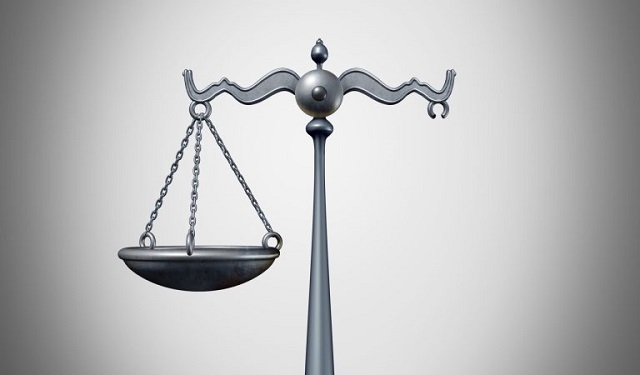
From the Brownstone Institute
By
In a 6 to 3 ruling on the Murthy v. Missouri case, the Supreme Court ruled against me and my fellow co-plaintiffs, in effect rendering the US First Amendment a dead letter in the social media age. At stake in the case was the status of a preliminary injunction issued by lower federal courts ordering the Biden Administration to stop coercing social media companies to censor and shadowban people and ideas that the government does not like.
On July 4th of last year, federal Judge Terry Doughty issued the preliminary injunction under consideration in our case, ruling that – given the evidentiary record already considered – we are likely to win on the merits of the case we brought before the court. He described the Biden Administration’s censorship campaign as “Orwellian,” violating the First Amendment root and branch.
The facts of the case are simple to understand, voluminously documented, and shocking, and they explain why the lower courts – including a unanimous three-judge panel of the Federal 5th Circuit Court of Appeals – issued the preliminary injunction to stop the Biden Administration from censoring in the first place. The injunction that reached the Supreme Court was narrowly constructed, specifically exempting national security-related communications between the government and social media companies, as well as communications regarding criminal activity on social media platforms such as child porn. The government was still permitted to tell social media companies about such speech.
The evidence revealed in the discovery of our case showed that employees of a dozen federal government agencies and the Biden White House directly pressured social media companies to censor viewpoints contrary to the official narratives they had pushed on the American people. Emails from the White House to Facebook show government officials threatening to use regulatory power to harm social media companies that did not comply with censorship demands.
Depositions of high–ranking career staff and political employees and unearthed emails between the government and social media companies like Facebook and Twitter/X revealed the government’s tactics to suppress speech. The Surgeon General’s office, the FBI, the CDC, the State Department, the Department of Homeland Security, and the White House were all closely involved.
Government agencies funded universities and NGOs to support enterprises with Orwellian names like “Virality Project” and “Center for Countering Digital Hate” to create a target list for the Administration’s censorship efforts. With government backing, these entities – linked sometimes to prominent universities like Stanford and the University of Washington – work with corporate teams in social media companies’ “trust and safety” divisions to censor offending speech.
The problem is that the government and these entities are bad at identifying misinformation, and they have a predilection for censoring people and ideas that are critical of government policy, whether those criticisms are true or false.
For instance, according to court documents found during discovery, the Biden administration insisted on censoring and deboosting content that accurately pointed out the rapidly waning efficacy of the Covid vaccine against infections, which they used to justify executive orders imposing vaccine mandates.
The Biden White House pressured Facebook to censor vaccine discussions, such as groups of vaccine-injured patients, that did not violate Facebook’s community standards. In response to harsh communications from Biden Covid advisor Andy Slavitt in 2021, Facebook limited the reach of these groups and censored them.
Ironically, even the White House itself was caught by its censorship demands. At the Biden administration’s behest, Facebook implemented algorithms to suppress posts their computers deemed “anti-vax.” In April 2021, when the CDC issued a “pause” on the distribution of the Johnson & Johnson Covid vaccine because it had identified an elevated level of strokes in women, the Facebook algorithms tagged the White House account as an anti-vax account. The Administration angrily ordered Facebook to stop censoring its speech.
The censorship campaign harmed the health of Americans by preventing accurate speech by me and others from reaching the attention of the American people. Children were kept out of schools for years, churches, mosques, and synagogues were closed, businesses shuttered, and unvaccinated people lost their jobs and faced social discrimination because of misinformation put forward by the government. Had the government permitted a fair debate on the science of Covid, they would have lost on the merits. The continuing crisis of high excess mortality and many other harms caused by blinkered Covid policies might have been avoided.
The Supreme Court’s reasoning in denying the preliminary injunction against the Biden Administration is that the plaintiffs in the case, which included the states of Missouri and Louisiana, me, and several other targets of government censorship, have not established “standing” to sue the government on First Amendment grounds. The ruling, in effect, requires a chain of emails from a particular government bureaucrat to a social media company demanding that a social media company censor speech.
Since this censorship activity takes place in the dark recesses of government bureaucracies, outside of the capacity of regular citizens to observe, it sets a standard that is impossible to meet absent extraordinary circumstances. In my and my colleague Martin Kulldorff’s case, at least, the Supreme Court ignored evidence we uncovered of a high government official, Francis Collins (the former head of the National Institute on Health), directing Tony Fauci to conduct a “devastating takedown” of our ideas on how to better manage the pandemic (in brief, implementing focused protection of vulnerable elderly people and not closing schools or imposing harmful lockdowns).
The ruling also ignores the nature of the government censorship activities, which focuses more on censoring ideas and narrative themes than on censoring particular people. The government, directly and through its university and NGO proxies, coerces social media companies to implement automated algorithms to suppress and shadowban ideas that the government does not like, whether true or not. By requiring such a standard for “standing” in First Amendment cases, the Supreme Court has effectively greenlit sophisticated government censorship operations that moot the First Amendment.
The case now goes back down to the lower courts for more discovery and probing of the government censorship operation. While I anticipate we will win there, the case may come back up to the Supreme Court in due course. More importantly, though, our loss in the Supreme Court points to the need for Congress and voters to act to protect American free speech rights now that it is clear that the Supreme Court will not do so.
Congress should pass a law prohibiting the executive branch and associated federal bureaucracies from censoring Americans via direct and indirect pressure on social media, and it should cut funding to university and NGO operations that the government uses to launder its social censorship schemes. Voters should demand of every candidate for office, including the presidency, where they stand on the modern censorship operation and vote accordingly.
In a sense, by exposing and publicizing the government’s censorship operation, which cannot survive in the sunlight, we have already won despite the disappointing result in the Supreme Court.
Republished from the author’s Substack
Brownstone Institute
Bizarre Decisions about Nicotine Pouches Lead to the Wrong Products on Shelves

From the Brownstone Institute
A walk through a dozen convenience stores in Montgomery County, Pennsylvania, says a lot about how US nicotine policy actually works. Only about one in eight nicotine-pouch products for sale is legal. The rest are unauthorized—but they’re not all the same. Some are brightly branded, with uncertain ingredients, not approved by any Western regulator, and clearly aimed at impulse buyers. Others—like Sweden’s NOAT—are the opposite: muted, well-made, adult-oriented, and already approved for sale in Europe.
Yet in the United States, NOAT has been told to stop selling. In September 2025, the Food and Drug Administration (FDA) issued the company a warning letter for offering nicotine pouches without marketing authorization. That might make sense if the products were dangerous, but they appear to be among the safest on the market: mild flavors, low nicotine levels, and recyclable paper packaging. In Europe, regulators consider them acceptable. In America, they’re banned. The decision looks, at best, strange—and possibly arbitrary.
What the Market Shows
My October 2025 audit was straightforward. I visited twelve stores and recorded every distinct pouch product visible for sale at the counter. If the item matched one of the twenty ZYN products that the FDA authorized in January, it was counted as legal. Everything else was counted as illegal.
Two of the stores told me they had recently received FDA letters and had already removed most illegal stock. The other ten stores were still dominated by unauthorized products—more than 93 percent of what was on display. Across all twelve locations, about 12 percent of products were legal ZYN, and about 88 percent were not.
The illegal share wasn’t uniform. Many of the unauthorized products were clearly high-nicotine imports with flashy names like Loop, Velo, and Zimo. These products may be fine, but some are probably high in contaminants, and a few often with very high nicotine levels. Others were subdued, plainly meant for adult users. NOAT was a good example of that second group: simple packaging, oat-based filler, restrained flavoring, and branding that makes no effort to look “cool.” It’s the kind of product any regulator serious about harm reduction would welcome.
Enforcement Works
To the FDA’s credit, enforcement does make a difference. The two stores that received official letters quickly pulled their illegal stock. That mirrors the agency’s broader efforts this year: new import alerts to detain unauthorized tobacco products at the border (see also Import Alert 98-06), and hundreds of warning letters to retailers, importers, and distributors.
But effective enforcement can’t solve a supply problem. The list of legal nicotine-pouch products is still extremely short—only a narrow range of ZYN items. Adults who want more variety, or stores that want to meet that demand, inevitably turn to gray-market suppliers. The more limited the legal catalog, the more the illegal market thrives.
Why the NOAT Decision Appears Bizarre
The FDA’s own actions make the situation hard to explain. In January 2025, it authorized twenty ZYN products after finding that they contained far fewer harmful chemicals than cigarettes and could help adult smokers switch. That was progress. But nine months later, the FDA has approved nothing else—while sending a warning letter to NOAT, arguably the least youth-oriented pouch line in the world.
The outcome is bad for legal sellers and public health. ZYN is legal; a handful of clearly risky, high-nicotine imports continue to circulate; and a mild, adult-market brand that meets European safety and labeling rules is banned. Officially, NOAT’s problem is procedural—it lacks a marketing order. But in practical terms, the FDA is punishing the very design choices it claims to value: simplicity, low appeal to minors, and clean ingredients.
This approach also ignores the differences in actual risk. Studies consistently show that nicotine pouches have far fewer toxins than cigarettes and far less variability than many vapes. The biggest pouch concerns are uneven nicotine levels and occasional traces of tobacco-specific nitrosamines, depending on manufacturing quality. The serious contamination issues—heavy metals and inconsistent dosage—belong mostly to disposable vapes, particularly the flood of unregulated imports from China. Treating all “unauthorized” products as equally bad blurs those distinctions and undermines proportional enforcement.
A Better Balance: Enforce Upstream, Widen the Legal Path
My small Montgomery County survey suggests a simple formula for improvement.
First, keep enforcement targeted and focused on suppliers, not just clerks. Warning letters clearly change behavior at the store level, but the biggest impact will come from auditing distributors and importers, and stopping bad shipments before they reach retail shelves.
Second, make compliance easy. A single-page list of authorized nicotine-pouch products—currently the twenty approved ZYN items—should be posted in every store and attached to distributor invoices. Point-of-sale systems can block barcodes for anything not on the list, and retailers could affirm, once a year, that they stock only approved items.
Third, widen the legal lane. The FDA launched a pilot program in September 2025 to speed review of new pouch applications. That program should spell out exactly what evidence is needed—chemical data, toxicology, nicotine release rates, and behavioral studies—and make timely decisions. If products like NOAT meet those standards, they should be authorized quickly. Legal competition among adult-oriented brands will crowd out the sketchy imports far faster than enforcement alone.
The Bottom Line
Enforcement matters, and the data show it works—where it happens. But the legal market is too narrow to protect consumers or encourage innovation. The current regime leaves a few ZYN products as lonely legal islands in a sea of gray-market pouches that range from sensible to reckless.
The FDA’s treatment of NOAT stands out as a case study in inconsistency: a quiet, adult-focused brand approved in Europe yet effectively banned in the US, while flashier and riskier options continue to slip through. That’s not a public-health victory; it’s a missed opportunity.
If the goal is to help adult smokers move to lower-risk products while keeping youth use low, the path forward is clear: enforce smartly, make compliance easy, and give good products a fair shot. Right now, we’re doing the first part well—but failing at the second and third. It’s time to fix that.
Addictions
The War on Commonsense Nicotine Regulation

From the Brownstone Institute
Cigarettes kill nearly half a million Americans each year. Everyone knows it, including the Food and Drug Administration. Yet while the most lethal nicotine product remains on sale in every gas station, the FDA continues to block or delay far safer alternatives.
Nicotine pouches—small, smokeless packets tucked under the lip—deliver nicotine without burning tobacco. They eliminate the tar, carbon monoxide, and carcinogens that make cigarettes so deadly. The logic of harm reduction couldn’t be clearer: if smokers can get nicotine without smoke, millions of lives could be saved.
Sweden has already proven the point. Through widespread use of snus and nicotine pouches, the country has cut daily smoking to about 5 percent, the lowest rate in Europe. Lung-cancer deaths are less than half the continental average. This “Swedish Experience” shows that when adults are given safer options, they switch voluntarily—no prohibition required.
In the United States, however, the FDA’s tobacco division has turned this logic on its head. Since Congress gave it sweeping authority in 2009, the agency has demanded that every new product undergo a Premarket Tobacco Product Application, or PMTA, proving it is “appropriate for the protection of public health.” That sounds reasonable until you see how the process works.
Manufacturers must spend millions on speculative modeling about how their products might affect every segment of society—smokers, nonsmokers, youth, and future generations—before they can even reach the market. Unsurprisingly, almost all PMTAs have been denied or shelved. Reduced-risk products sit in limbo while Marlboros and Newports remain untouched.
Only this January did the agency relent slightly, authorizing 20 ZYN nicotine-pouch products made by Swedish Match, now owned by Philip Morris. The FDA admitted the obvious: “The data show that these specific products are appropriate for the protection of public health.” The toxic-chemical levels were far lower than in cigarettes, and adult smokers were more likely to switch than teens were to start.
The decision should have been a turning point. Instead, it exposed the double standard. Other pouch makers—especially smaller firms from Sweden and the US, such as NOAT—remain locked out of the legal market even when their products meet the same technical standards.
The FDA’s inaction has created a black market dominated by unregulated imports, many from China. According to my own research, roughly 85 percent of pouches now sold in convenience stores are technically illegal.
The agency claims that this heavy-handed approach protects kids. But youth pouch use in the US remains very low—about 1.5 percent of high-school students according to the latest National Youth Tobacco Survey—while nearly 30 million American adults still smoke. Denying safer products to millions of addicted adults because a tiny fraction of teens might experiment is the opposite of public-health logic.
There’s a better path. The FDA should base its decisions on science, not fear. If a product dramatically reduces exposure to harmful chemicals, meets strict packaging and marketing standards, and enforces Tobacco 21 age verification, it should be allowed on the market. Population-level effects can be monitored afterward through real-world data on switching and youth use. That’s how drug and vaccine regulation already works.
Sweden’s evidence shows the results of a pragmatic approach: a near-smoke-free society achieved through consumer choice, not coercion. The FDA’s own approval of ZYN proves that such products can meet its legal standard for protecting public health. The next step is consistency—apply the same rules to everyone.
Combustion, not nicotine, is the killer. Until the FDA acts on that simple truth, it will keep protecting the cigarette industry it was supposed to regulate.
-
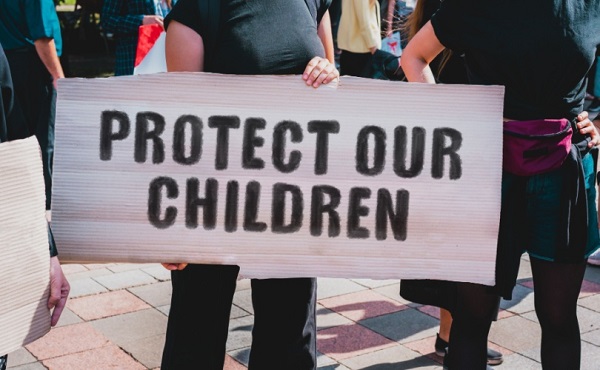
 Alberta1 day ago
Alberta1 day agoPremier Danielle Smith says attacks on Alberta’s pro-family laws ‘show we’ve succeeded in a lot of ways’
-
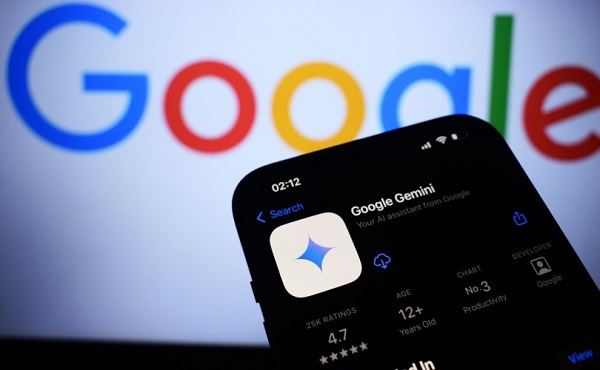
 Artificial Intelligence1 day ago
Artificial Intelligence1 day agoGoogle denies scanning users’ email and attachments with its AI software
-
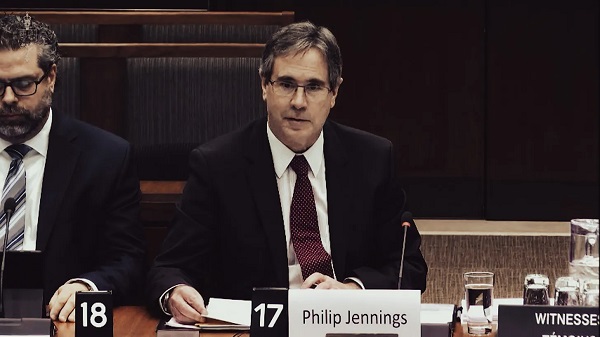
 Business20 hours ago
Business20 hours agoBlacked-Out Democracy: The Stellantis Deal Ottawa Won’t Show Its Own MPs
-
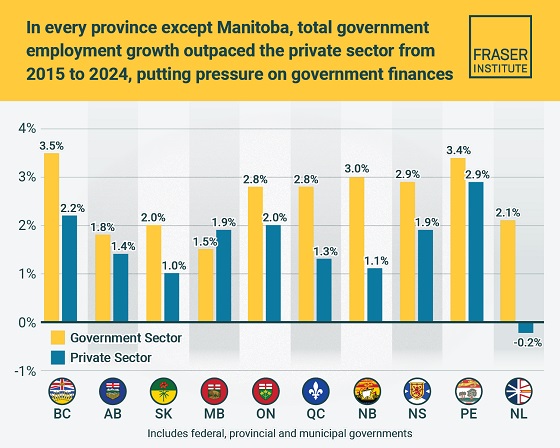
 Business2 days ago
Business2 days agoTaxpayers paying wages and benefits for 30% of all jobs created over the last 10 years
-

 Alberta1 day ago
Alberta1 day agoNew pipeline from Alberta would benefit all Canadians—despite claims from B.C. premier
-
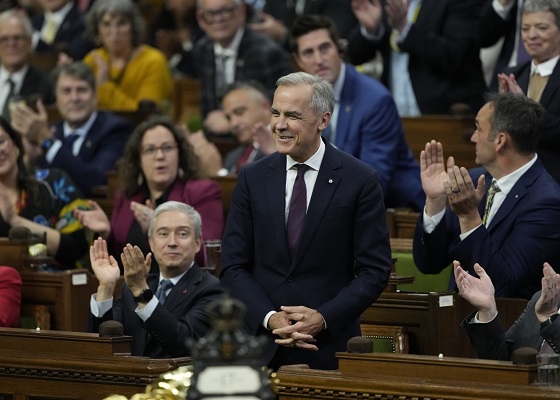
 Business2 days ago
Business2 days agoIs affirming existing, approved projects truly the best we can do in Canada?
-
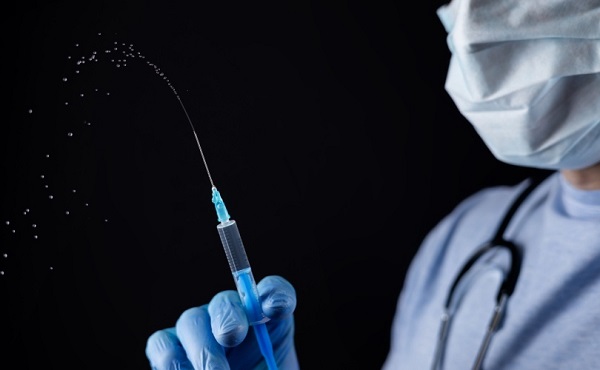
 MAiD2 days ago
MAiD2 days agoHealth Canada suggests MAiD expansion by pre-approving ‘advance requests’
-
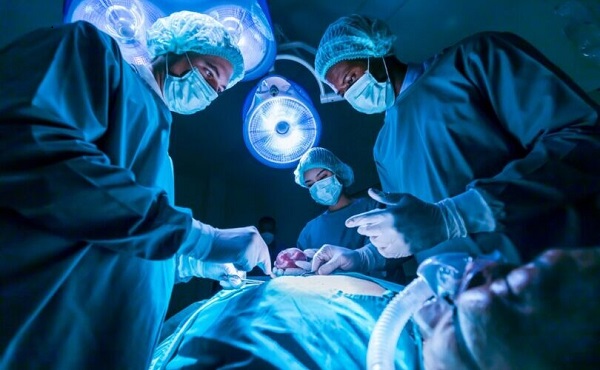
 Health1 day ago
Health1 day agoOrgan donation industry’s redefinitions of death threaten living people











